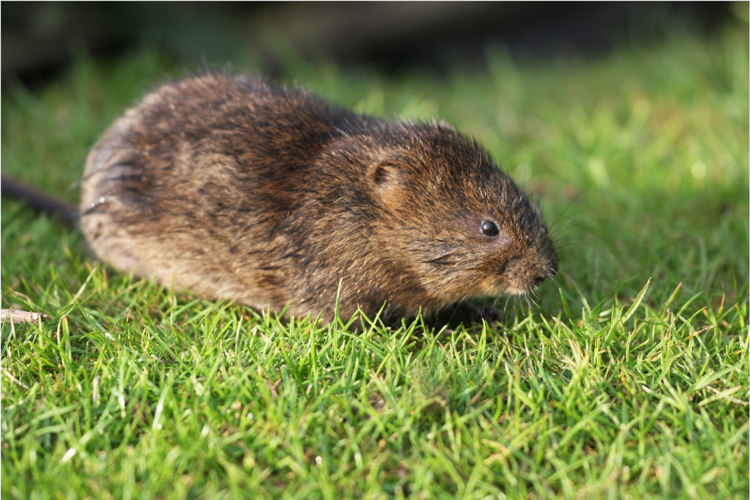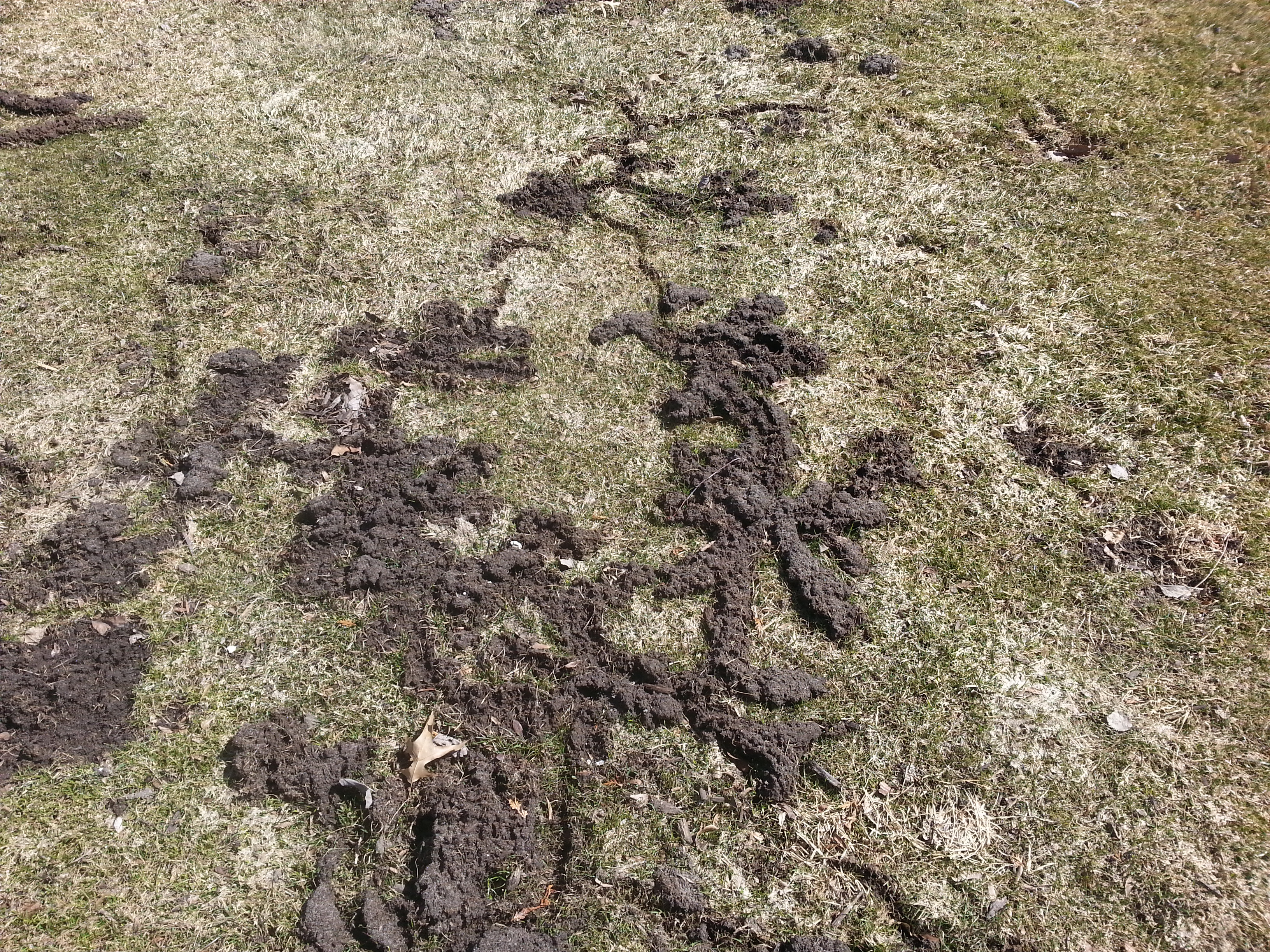Professional Methods for Vole Control and Avoidance
Professional Methods for Vole Control and Avoidance
Blog Article
Grasping Vole Parasite Control: Extensive Insights on Problem Prevention and Therapy Approaches
By acknowledging the refined indications of vole infestation early on, we can take proactive measures to prevent widespread damages. In this discussion, we will explore the subtleties of vole actions, dig into the identification of problem indications, and uncover the most effective avoidance and treatment methods.
Understanding Vole Behavior
Examining the foraging patterns of voles supplies valuable insights into their habits and habitat preferences. By observing their foraging actions, scientists can acquire a far better understanding of where voles prefer to develop their environments and the degree of their ecological impact.
Research shows that voles exhibit careful feeding habits, favoring origins, tubers, and seeds. This dietary choice influences their foraging patterns, leading them to areas abundant in greenery and ground cover. In addition, voles are recognized to produce fancy tunnel systems for foraging and nesting purposes, showing a high level of adaptability to their environments.
Understanding vole habits is crucial for executing targeted pest control measures that interrupt their habitat choices and foraging tasks (vole lawn damage). By researching their behavior, professionals can create much more reliable avoidance and therapy techniques to handle vole problems

Identifying Indicators of Vole Problem
Vole infestations can be spotted by identifying particular indications of their presence in a location. One of the most common indications of a vole invasion is the presence of surface paths.
An additional vital sign of vole invasion is the presence of small burrow openings in the ground. Additionally, voles are recognized to leave behind eaten plant stems, roots, and bulbs near their burrow openings, showing their feeding task in the area.
Locating these droppings along runways or near burrow openings can validate a vole problem. By being attentive for these indications, residential or commercial property proprietors can immediately deal with vole infestations and protect against additional damage.
Executing Aggressive Avoidance Steps

Furthermore, using natural vole deterrents like castor oil-based repellents or predator urine can serve as effective safety nets. It is likewise advisable to regularly inspect exterior rooms for any type of indicators of vole activity, such as paths or tunnel openings, to resolve prospective infestations without delay. vole lawn damage. By taking on these positive prevention approaches, homeowner can considerably minimize the likelihood of vole damage and keep the health and wellness and aesthetic appeals of their landscapes
Effective Treatment Strategies
Incorporating targeted capturing approaches Go Here and making use of approved rodenticides are necessary parts of efficient treatment techniques for handling vole infestations. Capturing can be a reliable means to reduce vole populations, especially when placed strategically in their active runways. Snap traps and live traps can both be effective, with the latter permitting the capture and relocation of voles. When using rodenticides, it is important to comply with security guidelines to stop damage to non-target animals and animals. Place rodenticides in protected bait stations to minimize risks to unexpected targets. Furthermore, habitat modification, such as reducing ground cover and removing resources of food, can assist prevent voles from infesting an area. Regular surveillance and upkeep are additionally crucial aspects of successful therapy methods to make sure that vole populations are maintained under control. By integrating trapping, rodenticides, habitat alteration, and constant tracking, effective vole parasite control can be accomplished.
Surveillance and Upkeep Tips
Normal monitoring enables for the very early detection of vole task, making it possible for prompt intervention prior to problems intensify. To successfully check vole populaces, strategically put catches can be made use of in vole paths or near burrow entrances.
Additionally, maintaining a tidy and well-kept landscape is crucial in vole prevention. Cleaning away debris, such as heaps of wood or thick greenery, removes prospective vole environments. Regularly trimming grass and trimming plants helps in reducing vole concealing areas and reduces their access to food sources.
In addition, continuous maintenance of physical obstacles, such as fences or cord mesh, is vital to stop vole invasion. Checking and repairing any problems to go now these frameworks ensures that vole control continues to be reliable in protecting homes from invasions. By including these monitoring and upkeep practices right into a comprehensive vole parasite control plan, people can efficiently manage vole populations and shield their properties from damages.
Final Thought
Finally, understanding vole pest control needs a strong understanding of vole actions, the capability to identify indications of invasion, applying proactive prevention measures, efficient Bonuses therapy methods, and regular monitoring and maintenance. By taking a detailed technique to vole control, people can successfully take care of and stop invasions, ultimately protecting their building and surrounding atmosphere from damage triggered by these tiny rats.
In this discussion, we will certainly discover the nuances of vole actions, dive into the recognition of infestation indications, and reveal the most reliable prevention and treatment approaches.Integrating targeted capturing approaches and using authorized rodenticides are crucial parts of efficient treatment techniques for taking care of vole infestations. To efficiently check vole populations, purposefully put catches can be utilized in vole runways or near burrow entrances. Inspecting and fixing any kind of damages to these structures makes certain that vole control continues to be effective in protecting buildings from infestations. By incorporating these tracking and maintenance methods right into an extensive vole parasite control plan, individuals can successfully manage vole populaces and protect their properties from damage.
Report this page